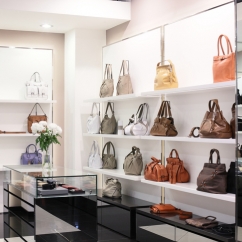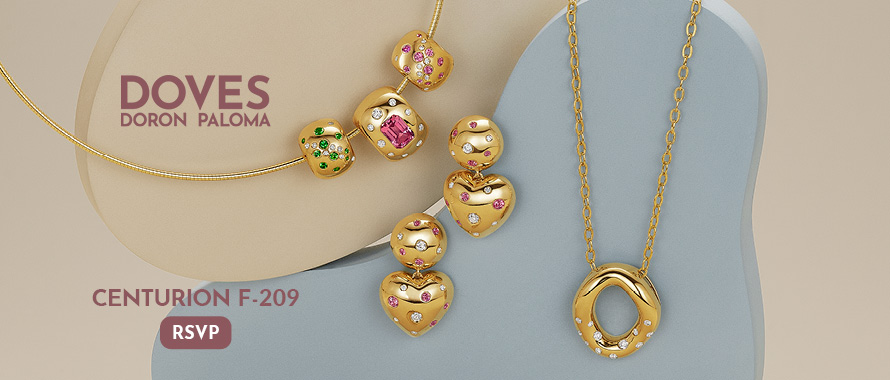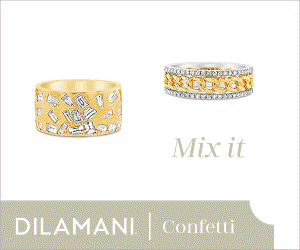Sales Strategy
Luxury Brands Shift Gears: Scarcity, Experiences, and a New Playbook for the Future June 02, 2025 (0 comments)

Beijing, China--According to insights shared by Olivier Nicolay in an interview with CKGSB Knowledge, the past decade has seen a concentration of power among luxury mega-brands, including conglomerates like LVMH and independent players such as Hermès and Chanel.
[Image via iStockphoto.com]
Nicolay notes that navigating the complex global luxury landscape demands significant resources—high rents, costly store setups, and the ability to manage rapid shifts in demand. According to the article, these financial and operational barriers have enabled more prominent brands to dominate, with smaller players struggling to compete in an environment where even a single store can require tens of millions of dollars in investment.
The article highlights that the growing pool of wealthy individuals, particularly in Asia, fuels demand for luxury goods. Nicolay points out that while the next generation of affluent consumers might gain access through elite education and networks, many current high-net-worth individuals are entering this world through luxury purchases, whether tangible goods or curated experiences.
Scarcity vs. Accessibility: A Delicate Balance
According to the interview, maintaining a sense of scarcity is crucial for luxury brands, but striking the balance is delicate. Nicolay explains that an oversaturation of products in second- or third-tier cities, excessive online availability, or a booming gray market risks diluting brand value. The article notes that while brands aim to establish a presence in Asia, excessive accessibility can erode the exclusivity that fuels desire.
This challenge extends globally, as Nicolay observes: clients with multiple residences often expect consistency and freshness across all locations. If they see the same products in every wardrobe, the brand risks losing its allure. Brands must explore strategies to keep offerings fresh, including managing stock rotation and exploring resale channels to "empty cupboards" and sustain interest.
Strategic Shifts: From Goods to Experiences
The article highlights two major paths for luxury brands to navigate growth amidst limited volume expansion: raising prices and lateral diversification. Nicolay explains that rising production costs and sustainability goals have prompted brands to increase prices significantly. Concurrently, brands are expanding into adjacent categories such as children’s wear, homeware, and hospitality.
The interview notes that this shift also extends into curating bespoke experiences for ultra-high-net-worth clients. Nicolay emphasizes that brands are increasingly offering unique, immersive experiences—like curated retreats or exclusive trips—to deepen engagement with their most valuable customers. These Very Important Clients (VICs), which often represent 10% of the customer base but generate 40% of the revenue, are central to long-term brand profitability.
The Road Ahead: Innovation, Agility, and Relevance
Nicolay warns that luxury brands must avoid complacency, citing the example of Kodak and Polaroid—once-dominant companies that failed to adapt. He emphasizes the importance of constant reinvention, particularly during periods of prosperity, as a means of staying ahead.
The article points out a potential opportunity in the mid-tier luxury space—products priced between $4,000 and $6,000—where major brands have left a gap. Nicolay suggests that nimble, well-branded entrants with strong influencer support and readiness to scale could capitalize on this window. However, he cautions that the opportunity won’t last long, as established brands are likely to move in quickly.
Nicolay predicts that luxury brands will need to focus on relevance for younger consumers, balancing product innovation—like hit bags at more accessible price points—with the delivery of unique experiences that “slow down time” and create lasting memories. The article concludes that for VICs, luxury must move beyond ownership toward curated pleasure, with brands acting as gatekeepers to unforgettable moments.
Read the entire interview here at CKGSB Knowledge.






